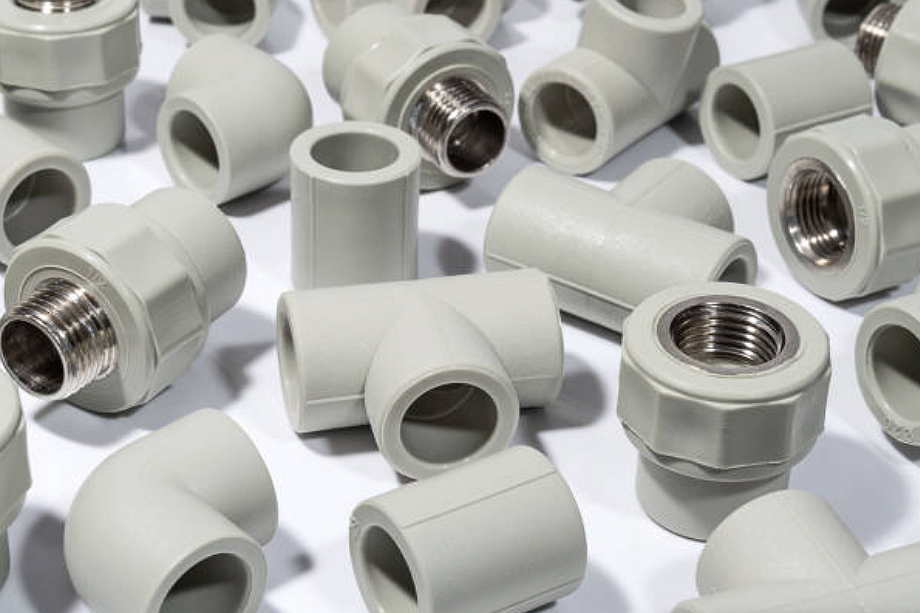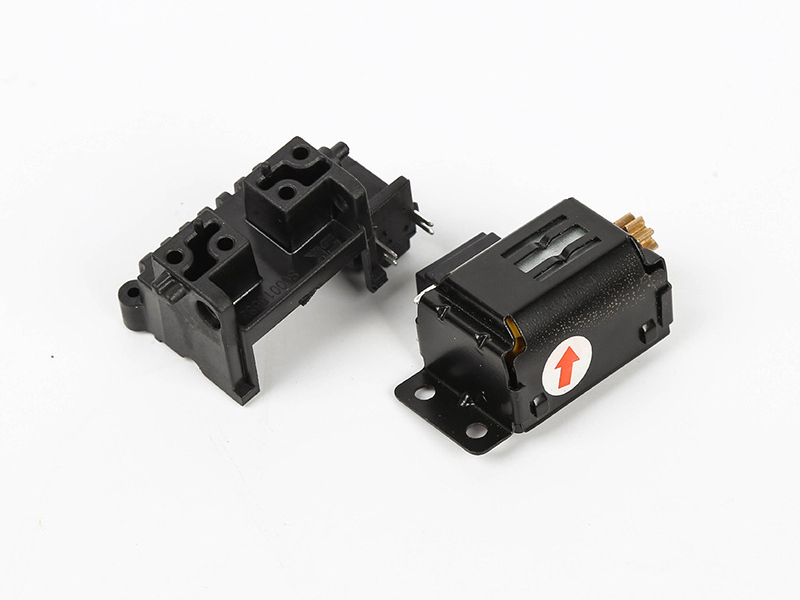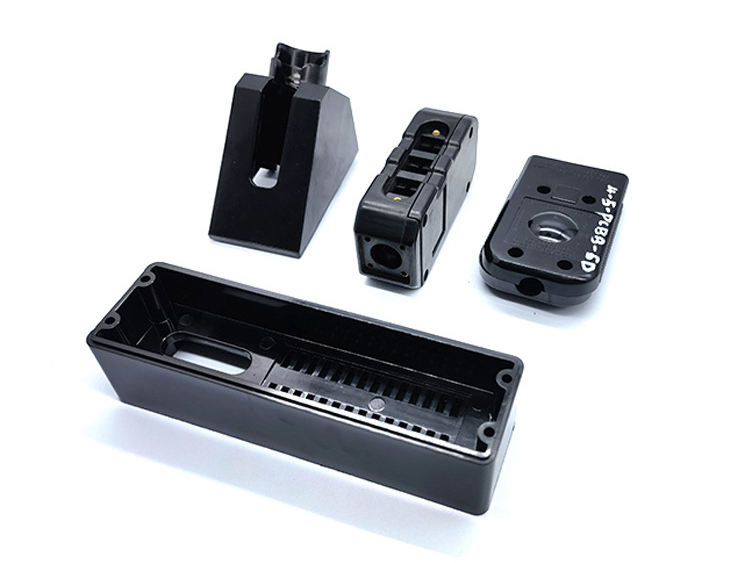Which Industries Benefit Most from Insert Moulding?
Cross-Industry Versatility and Performance
Insert molding delivers a unique blend of strength, precision, and design flexibility, making it valuable across industries that demand high-performance parts with reduced assembly complexity. By embedding metal, ceramic, or polymer inserts into molded plastic, manufacturers achieve enhanced mechanical performance and durability while maintaining lightweight, ergonomic designs.
1. Automotive Industry
The automotive industry is one of the largest adopters of insert molding. Components such as threaded inserts, switches, gear housings, and sensor connectors benefit from the strong metal-to-plastic bonds that this process provides. Inserts made from stainless steel or brass are often molded into engineering plastics such as nylon (PA) and PBT to ensure long-term reliability under mechanical stress, vibration, and heat.
2. Consumer Electronics
In consumer electronics, insert molding allows the integration of conductive inserts, fasteners, and threaded metal supports within plastic enclosures. It provides compact, lightweight housings with robust internal connections that withstand repeated assembly cycles. Combining polycarbonate (PC) with copper or nickel inserts enhances both durability and electromagnetic shielding, which are critical for modern electronic devices.
3. Medical Devices
The medical device sector utilizes insert molding for the production of sterile, ergonomic, and biocompatible components. Instruments and housings often integrate silicone rubber or TPU with precision metal or ceramic inserts for improved grip and longevity. The seamless integration eliminates gaps that could trap contaminants, supporting hygienic design and repeated sterilization.
4. Power Tools and Industrial Equipment
Power tools rely heavily on insert molding to enhance mechanical strength and vibration resistance. By embedding metal-threaded inserts and reinforced bushings into ABS or nylon housings, manufacturers create long-lasting components that can withstand harsh conditions, high torque, and frequent handling.
5. Telecommunication and Energy Sectors
In telecommunication and energy applications, insert molding is used to produce connectors, housings, and insulators with precise alignment and electrical performance. Ceramic or nickel-based alloy inserts are encapsulated in high-performance polymers to ensure resistance to corrosion, heat, and electromagnetic interference.
6. Aerospace and E-Mobility
In aerospace and e-mobility applications, weight reduction and mechanical integrity are critical. Insert molding enables the creation of hybrid metal-plastic assemblies that provide strength without excessive weight, offering excellent performance in extreme thermal and mechanical conditions.
Manufacturing Consistency and Cost Efficiency
Across all these industries, insert molding reduces assembly steps, improves repeatability, and ensures long-term part stability. Partnering with a custom parts manufacturing service experienced in plastic injection molding guarantees precise insert placement, efficient cycle times, and reliable quality at scale.



